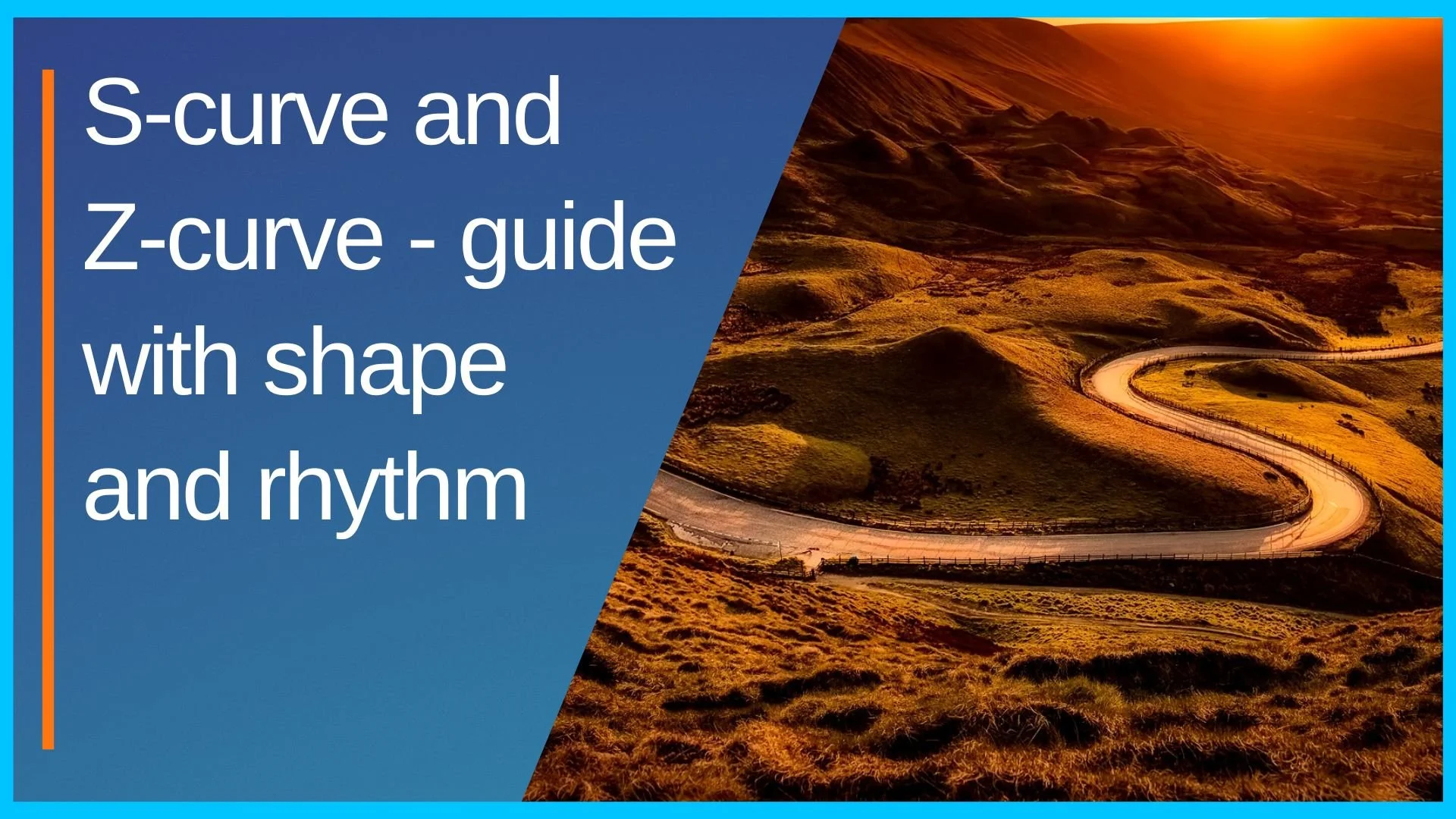Search for your topic of interest
“Learn and love photography on your smartphone”
Continuance - lead the eye with implied direction
The eye follows paths - even ones that don’t fully exist. Continuance uses implied lines and directional flow to guide attention, shape rhythm, and keep your viewer moving through the frame.
Leading and diagonal lines - guide the viewer into the scene
Leading lines guide the eye. Diagonal lines add energy. Used together, they create photos that feel structured, intentional, and full of movement — even when nothing in the frame is moving.
S-curve and Z-curve - guide with shape and rhythm
The S-curve flows gently. The Z-curve cuts sharply. Both guide the eye — but with different rhythms. Learn how to use these iconic leading line techniques to shape movement and emotion in your smartphone photography.
Vertical and horizontal lines - create stability
Vertical lines feel strong. Horizontal lines feel calm. These basic directions shape how your photo is experienced — and knowing how to use them brings more control, balance, and expression to your smartphone photography.
Triangles - create balance, direction, and strength
Triangles are everywhere — in the way people stand, objects align, and light falls. Using them deliberately adds visual stability, structure, and storytelling to your smartphone photography.
Differential focus — guiding attention with blur
Selective blur is no longer just for DSLR users. Differential focus lets you highlight your subject and soften distractions using portrait mode or editing tools. Here’s how to guide your viewer’s attention through focus.
Implied line of sight - guide the eye by where your subject looks
Your subject’s eyes don’t just express emotion — they direct the viewer. Implied line of sight turns a simple glance into a compositional tool, guiding attention and shaping how your image is experienced.
Layering - add depth with distance and overlap
Photos that feel flat often lack layering. By placing elements at different distances — and letting them overlap — you add depth, story, and visual flow to your smartphone compositions.
Rule of odds - why odd numbers feel more dynamic
Compositions with odd numbers feel more natural, balanced, and interesting. Learn how the rule of odds can help you build stronger groupings and more pleasing visuals with your smartphone.
Emphasis - make your subject dominate the frame
Every great photo has a clear subject — and emphasis is how you make it stand out. Learn how to use size, contrast, placement, and focus to give your subject visual dominance in the frame.
Over-the-shoulder — add storytelling and connection to your shots
Over-the-shoulder shots place the viewer in the scene — not just looking at it. They create depth, suggest story, and pull the audience closer. Learn how to use this cinematic technique for more immersive smartphone photos.
Golden ratio and Fibonacci spiral - classic formulas for composition
You’ve seen the golden spiral and the rule of thirds — but where do these ideas come from, and how can they help your composition? These classical patterns guide the viewer’s eye and create natural harmony.
How does the eye work? — guiding the viewer through your photo
The viewer’s eye doesn’t just land on a photo — it travels through it. By understanding how the eye moves, you can guide attention, control flow, and make your photos more purposeful and engaging.
Flat lay — shoot from above for graphic storytelling
Flat lays offer a bird’s-eye view that’s ideal for telling visual stories with simplicity and style. Whether you're photographing food, objects, or arrangements, shooting from directly overhead gives your smartphone photos a clean, professional edge.
Vertical panoramic — go tall to capture more story
Some scenes are just too tall for a single shot. Vertical panoramas help you capture everything — from the ground to the sky — without stepping back. Learn how to use this underrated smartphone feature to create dramatic, towering images.
Avoid mergers - separate your subject from distractions
Closure lets your viewer finish the photo. By using partial shapes or implied forms, you invite them to mentally complete the image - creating connection, curiosity, and stronger engagement.
Visual flow and hierarchy - control how your photo is read
Your photo is more than a subject — it’s a visual experience. Flow and hierarchy help you control how the eye moves and what matters most. Learn how to guide the journey and shape your story.
Know your subject - why research leads to better composition
The more you know about what you’re photographing, the better you’ll compose. Subject research helps you anticipate behavior, reveal detail, and tell stories that a casual glance might miss.
Straighten - correct the frame for clarity and impact
Crooked photos feel unintentional. Straightening them — even slightly — creates balance, clarity, and professionalism. This one edit can transform your smartphone photo in seconds.
Cropping - refine your frame for stronger composition
Cropping isn’t just about cutting things out — it’s about improving focus. Use it to enhance balance, strengthen the subject, and clean up your frame for clearer, more compelling composition.



















